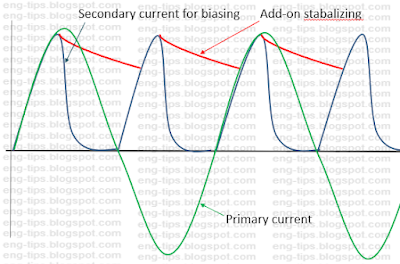Introduction: For protection relays, analogue inputs are connected from Current Transformers (CT) and Voltage Transformers (VT). VT is a voltage source, any short circuit in wiring will cause heavy current to flow in VT winding. This may result in failure of VT. Therefore, Connection from VT is always with fuse or MCB to take care of short circuit / overload.
Now it is evident that in case of fuse failure, relay will not get any voltage from VT. Some of the protections may see this as abnormal condition in system and may cause unwanted trip or may not trip in actual fault. For example:
- Distance relays measure Impedance from Voltage and current (Z = V/I). If there is no voltage (V=0), Z will also be Zero. This will cause trip of distance protection.
- Directional Overcurrent relay derives direction by comparing angle of voltage with current. If there is no voltage, it can not measure its angle. Therefore, it will not operate in case of actual fault.
- Actual fault on primary side of power system, which has caused voltage to dip. One disturbance record for this condition with B-N fault is given below. We can see presence of VN (3V0) with significant IN (3I0).
- No actual fault on primary side, only secondary fuse fail. One disturbance record for this condition with C-phase fuse failure is given below. We can see presence of VN (3V0) without any significant IN (3I0).
It is important for protection relays to differentiate between above two conditions and declare VT fuse fail only when there is no fault in primary side. VT fuse fail condition leads to blocking of certain protection functions and generation of alarm to operator.
Method of detection: VT fuse fail may be classified in two types:
- Single phase VT fuse fail, when fuse is used in VT secondary circuit and it has blown due to short circuit.
- Three phase VT fuse fail, when MCB is used in VT secondary circuit and it has tripped. There may be another case when VT selection is used and VT selection relay has failed to operate.
Single phase VT fuse fail: Its detection is easy and reliable. In case of actual single phase fault, voltage will decrease and current will increase for that phase, ie. there will be zero sequence current and zero sequence voltage present in system.
However, in case of VT fuse fail, currents will remain same and only voltage will be decreased. Most of the relays detect it by presence of Zero sequence voltage without presence of Zero sequence current in system. In some case Negative sequence voltage and Negative sequence current is used for detection.
Three phase VT fuse fail: It is a little unreliable and works to some extent. Due to absence of all three phases there will not be any zero sequence or negative sequence voltage in the system.
It can be detected by change in voltages without any change in currents by comparing with previous cycles values (ΔV and ΔI). But in case three phase fuse fail condition is persisting, and current goes below a certail level, due to load variation. Relay may detect it as dead line condition (no voltage and no current). This will reset three phase VT fuse fail condition. Now sudden rise of current can cause trip of relay. Therefore, three phase fuse fail is a little unreliable.
Or, relay can detect MCB trip through auxilliary contact of MCB, if MCB is used in secondary circuit.


